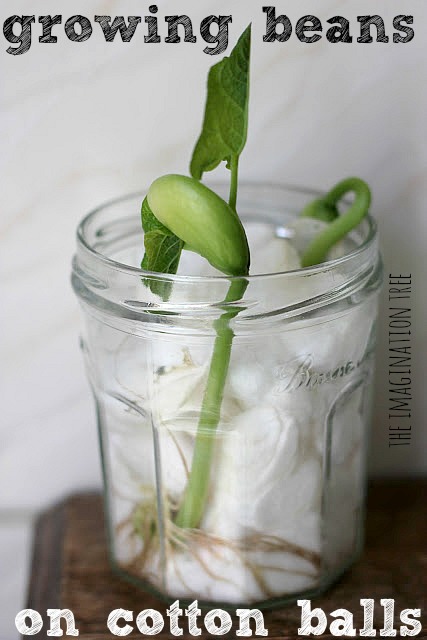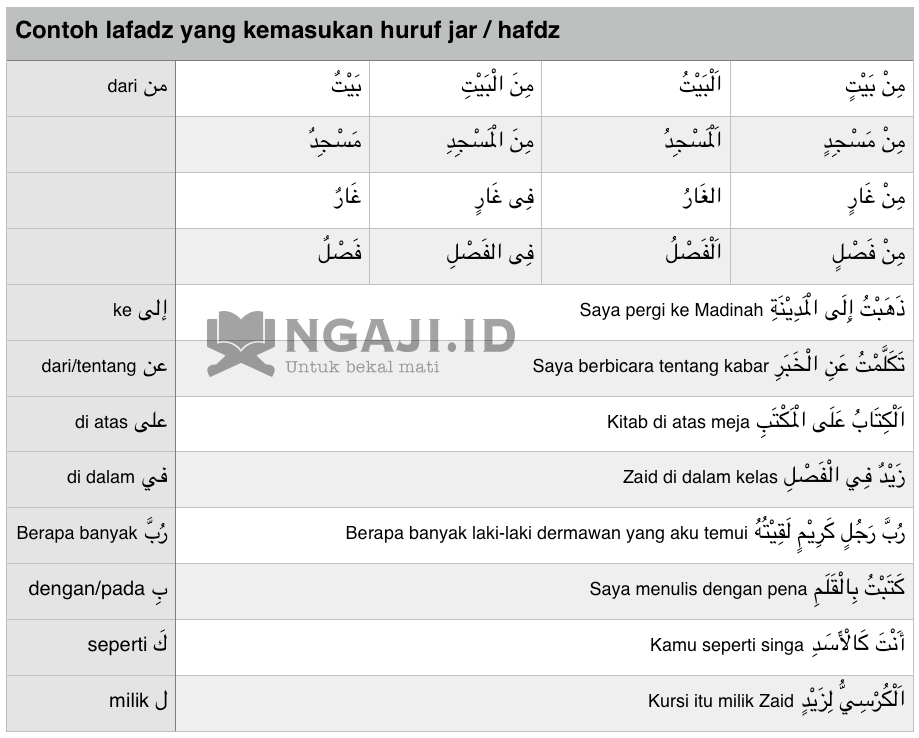Kids Science - GROWING BEANS ON COTTON BALLS
We have been doing lots of indoor growing recently and planted some beans at the same time that we grew our cress letters last month. This is a really easy, visual way to teach children about root systems and is something I used to do with my school children each Spring time.
Plus it’s very exciting to watch how FAST the plants grow!
All you need for this easy activity is a glass jar or bottle, some cotton wool balls/ wads and a bean!
First of all Cakie stuffed cotton wool balls into a glass jam jar. Then she simply stuck one bean on either side of the jar so that we could watch 2 growing at once. We used butter beans straight out of the packet that we bought in the dried beans and pulses section in the supermarket. (We used these same beans in our Baking Sensory tub!)
Next, she watered it until the cotton wool was damp but not too wet, and placed the jar in the window.
Within 2-3 days the bean started to sprout a small root, and 2-3 days later it grew these little tendrils.
Another 4-5 days and the bean developed a large network of shoots coming off the main root, and a sturdy stem grew straight upwards and above the top of the cotton wool. It dropped the shrivelled husk of the bean skin and looked ready to open up!
Just a day or so later and 2 big, dark green leaves began to unfurl. Cakie was very excited by this development!
And finally, 4-5 days later the beans were growing very steadily, tall and spindly with large leaves seeking out more sunlight.
We carefully removed them from the jar and examined the complex network of roots that had, by this time, entangled themselves around the cotton wool balls at the bottom. We teased the roots off the cotton wool and replanted the beans into soil in pots in the garden. The girls watered them and are now watching their rapid growth outside with much excitement!









Tidak ada komentar:
Posting Komentar